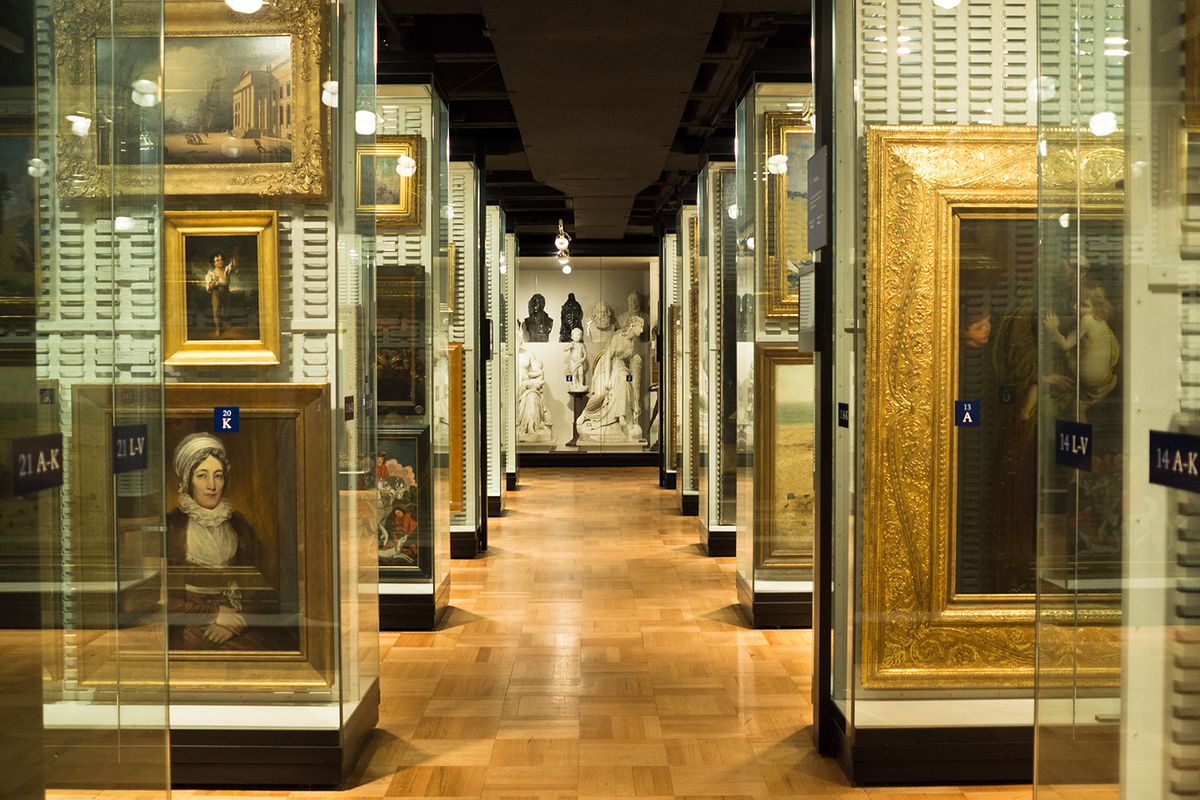As the coronavirus (Covid-19) crisis unfolds, the board of the Association of Art Museum Directors (AAMD) has approved a series of resolutions ensuring that it will not penalise any museums that take restricted income from endowment funds or donations and use it instead for general operating expenses for the next two years.
Additionally, the association says it will not sanction museums or directors who divert the proceeds from deaccessioning works of art to “direct care” of their permanent collections. Typically, AAMD guidelines require that the proceeds from deaccessioning be spent on additional art purchases.
Often, the use of income from endowment funds or trusts held by a museum can be restricted to acquisitions, conservation or research, or a donor may limit a contribution to being spent on a specific purpose like acquisitions or a capital campaign. Using that money simply to keep a museum operating can result in AAMD sanctions for a museum or in the association censuring, suspending or expelling a museum’s director.
But AAMD members, made up of directors in the United States, Canada and Mexico, are overall facing a crisis as their museums’ admissions, retail and other income dries up amid universal closures in response to the health emergency. Exacerbating the situation, turmoil in financial markets related to the coronavirus pandemic has corroded endowment values and thrown fundraising into doubt, even imperiling some museums’ survival.
“Since planning for the future with any accuracy is impossible, while earned revenue has stopped and the future of charitable giving is unknown, it was important for AAMD to take a step that could provide some additional financial support to art museums,” says Brent Benjamin, the AAMD president and the director of the Saint Louis Art Museum.
The association acknowledges that it lacks the power to allow spending to be diverted: legal barriers related to state laws and restrictions imposed by donors can still block museums from reallocating endowment or donor income to keep their operations running. “However, it hopes that these resolutions will serve as an endorsement to donors or the relevant legal authorities, encouraging them to permit the temporary use of these funds for unrestricted needs,” the AAMD says in a statement.
In many cases museums would have to go to court or petition their states’ attorneys general to receive temporary permission to redirect funds. That may be difficult in the short term, given that many civil courts have suspended nonessential operations in response to “shelter in place” orders and demands for social distancing.
“This is a crisis without precedent in our lifetime, with global implications and with a timeline that unfolds as we live it,” Benjamin says in a statement. “On the one hand, there is no clear timeline for the pandemic concluding, for the economy to begin growing again, and for life to return to normal. Art museums, on the other hand, typically plan their exhibitions and activities months or years in advance, including anticipating both the costs and fundraising needs for each initiative.
Asked in a brief interview where he thought museums might best redirect funds, he replied, “We would certainly hope that among the things that it might support is continued employment of staff.” Many museums have embarked on layoffs and furloughs to address anticipated budget shortfalls.
If a donor gave a museum funds for a specific purpose with the intention that the museum use the principal of the gift, not just the income generated by investing it, the AAMD says, the museum can use those funds for general expenses as long as the donor's consent has been obtained.
The association says it still stands by its principle that proceeds from deaccessioning works of art should not be used for general operating expenses. But now, such proceeds can be used without censure to support the direct care of a museum’s collection, according to the AAMD. To do this, the institution should have a board-approved policy outlining what expenses constitute direct care and the policy must be accessible to the public.
In its announcement, the AAMD outlined two ways in which an art museum could use funds from deaccessioning. First, a museum can place proceeds from the sale of a work of art into an acquisition fund that generates income. With a spending rate of a certain percentage of endowment income a year, the museum can use that percentage–not the principal–to cover operating expenses. Alternatively, it can take the money from the sale and use it to buy more art or spend part or all of it on direct care of collections.
“This is not intended to inspire deaccessioning and the sale of collections,” Benjamin says. “The [AAMD] guidelines remain in place.”
He says that support for the resolutions was “robust” among trustees on the association's board but that the measures were nonetheless a compromise. “There are many members of the association who think that this is way too much, and others who think it’s way too little,” he says of the relaxation of restrictions.
“We recognise the severity of the current crisis and the immediate financial needs of many institutions,” Christine Anagnos, executive director of the AAMD, says in a statement. “At the same time, whether it is the principal of an endowment or the art that comprises a museum’s collection, we need to protect important assets for future use. These resolutions strike a balance between addressing near-term needs and our long-held values, and we expect that any institution that exercises these options will do so in good faith.”


